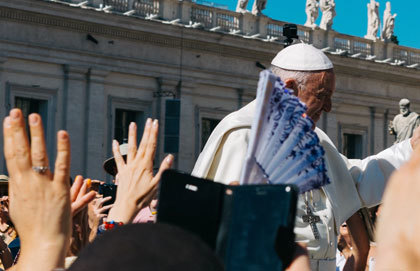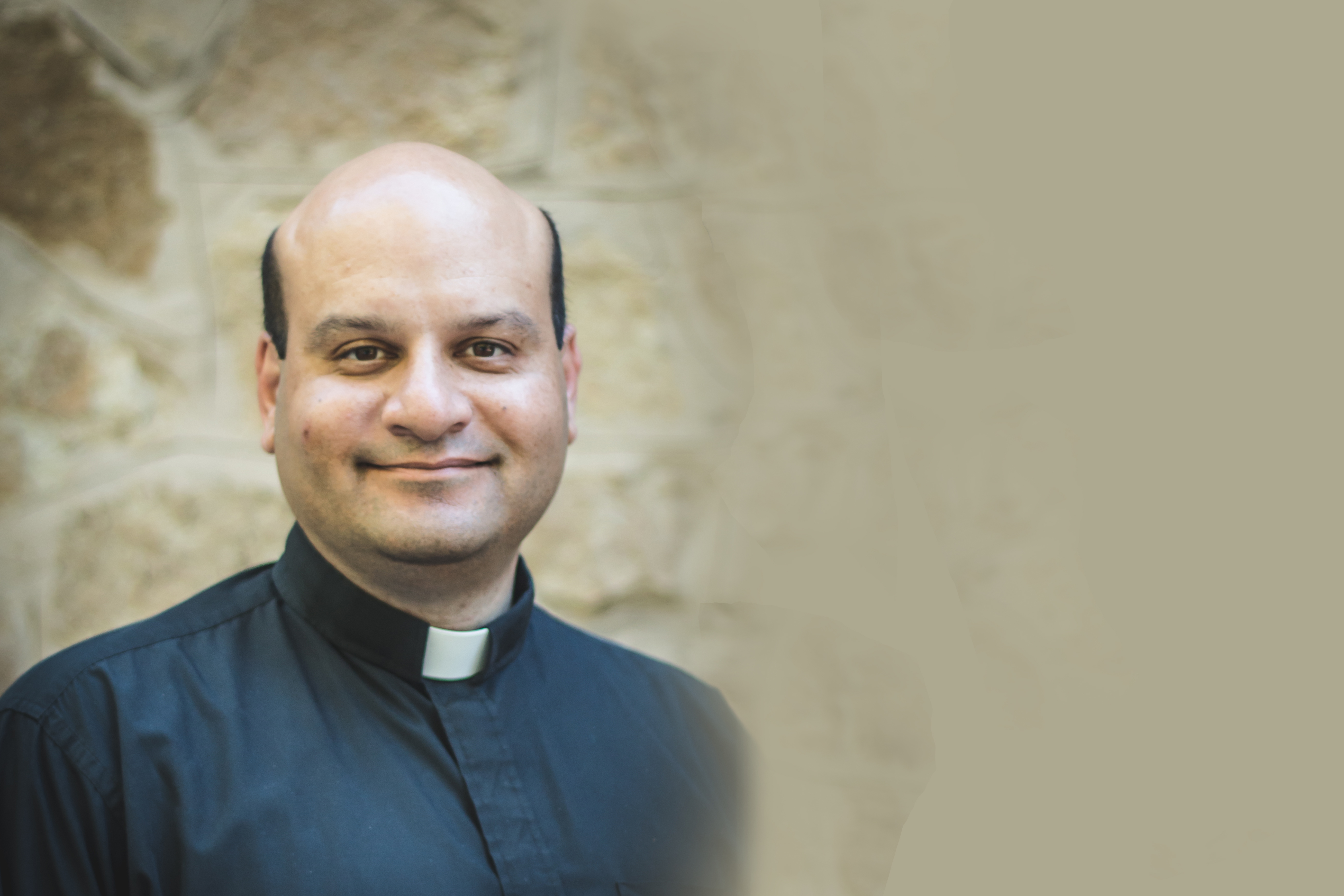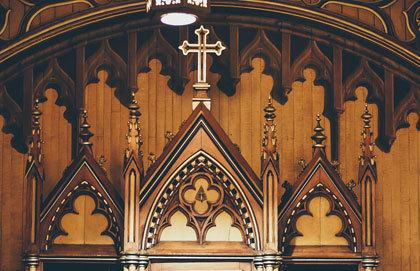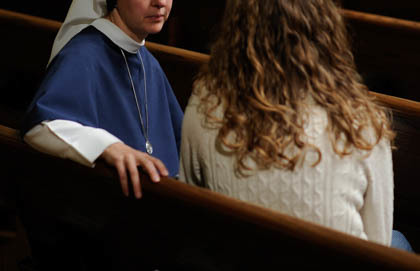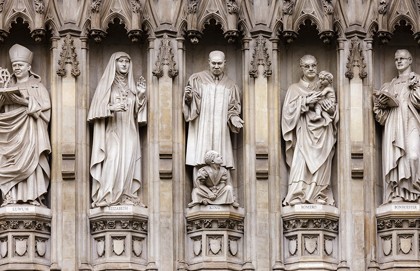The lazy, hazy days of August have been anything but on the Catholic news beat. The issue of priestly sexual abuse has returned with the intensity of a late summer forest fire. That’s not haze from the bright sun shimmering on a hot day, but rather the smoke from the burning fury that so many feel that it is happening again.
It’s true that major reforms were made in Canada by the Catholic Church in the early 1990s, and in the United States in 2002, and that in many ways today the Catholic Church is a model of what to do in confronting the sexual abuse of minors. But the Catholic Church was for a long time a model of what not to do as, for example, was shown by the Pennsylvania grand jury report that looked at cases going back to 1947. Over 90 per cent of those cases took place before the major American reforms were made.
Still. Whether historic or current, the sin is real and the pain is real. Other parts of the world seemed not to have learned the lessons from that first major experience at Mount Cashel in Newfoundland 30 years ago – and in other places since, including Ireland and Australia. The news from Chile and Honduras demonstrates this.
And then the incendiary accusations made by the former papal ambassador to the United States, Archbishop Carlo Maria Viganò, accusing Pope Francis of complicity in the case of former Cardinal Theodore McCarrick. It’s all rather overwhelming, so I thought I might this week include a roundup of what I have written, some of it here at Convivium, but also pieces elsewhere.
It’s not a happy subject, not for the victims who revisit their betrayal, not for the faithful Catholics who are rightly appalled that some of their shepherds turned out to be wolves, not for those who lament that the truth of Christ and His saving gospel can be obscured by, in the memorable words of Cardinal Joseph Ratzinger in 2005, the “filth in the Church.”
About the explosive “testimony” of Archbishop Viganò, I had this comment at Convivium last week:
https://www.convivium.ca/articles/division-in-the-church
On the character of the Viganò letter, our publisher Peter Stockland had, in my view, a unique contribution to make in the torrent of commentary. He was rather sceptical of the claims made. Viganò makes serious charges that must be investigated, but he is also, in part, reckless and irresponsible, skirting slander. Why would he do that? Peter in The Catholic Register helps us to understand the mind of aggrieved whistleblower, who explodes after waiting too long to be heard. Yes, the Viganò testimony was explosive, but also from a man exploding with frustration.
I had a little explosion of my own when the news of Theodore McCarrick came out. At the National Catholic Register I imagined a letter that a fellow bishop might send to McCarrick:
http://www.ncregister.com/daily-news/what-would-a-brother-bishop-say-to-ex-cardinal-mccarrick
It was an angry letter, not my usual style. So I explained here at Convivium why it is sometimes right to write with wrath:
https://www.convivium.ca/articles/writing-with-righteous-wrath
But I have not only been angry. In fact, I argued that in the face of crisis, it might be time to turn down the temperature, again at the National Catholic Register:
http://www.ncregister.com/daily-news/its-time-to-turn-down-the-temperature
Not to avoid reform, because reform is certainly needed and already coming:
http://www.ncregister.com/daily-news/a-new-day-dawning-for-retired-bishops
Nor does it mean that a thorough investigation, balanced and comprehensive, is not necessary. I have argued for just that in the Catholic Herald, sorting the wheat from the chaff in the Viganò charges:
Which will be a delicate matter, to balance the imperative to be transparent with the keeping of necessary confidences:
Enough? Likely too much. Time, and the many more commentaries that remain to be written on this deeply troubling issue, will attempt to tell.
I look forward to writing on other topics, but we are a long way from being finished with this one. In the words of the psalm: How long, Lord? How long?
Convivium means living together. We welcome your voice to the conversation. Do you know someone who would enjoy this article? Send it to them now. Do you have a response to something we've published? Let us know!


